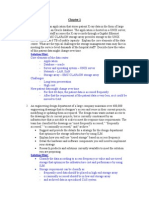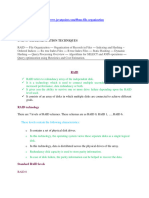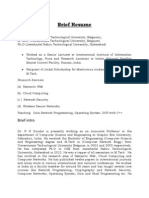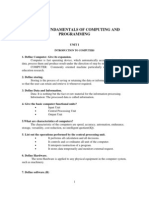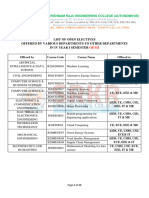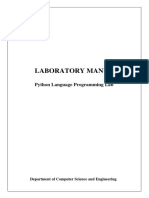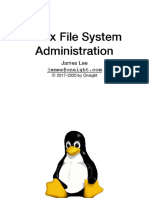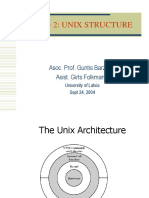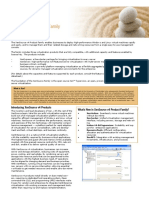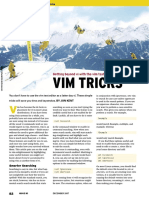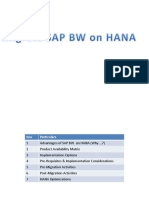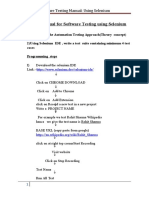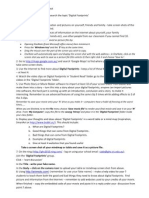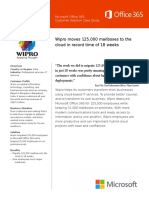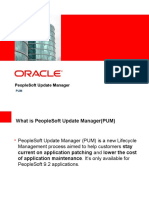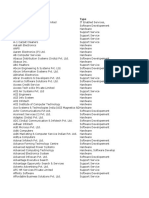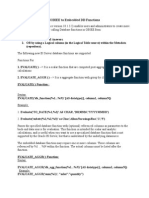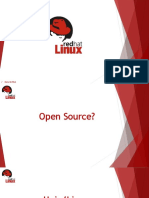0% found this document useful (0 votes)
319 views67 pagesLecture 4: Unix Security Basics: Asoc. Prof. Guntis Barzdins Asist. Girts Folkmanis
This document discusses Unix security basics such as permissions, users, groups, and common vulnerabilities. It covers key Unix concepts like files, directories, symbolic and hard links, devices, and ports. It also explains security mechanisms like SUID, SGID, and sticky bits used to control access to files and directories in Unix systems.
Uploaded by
rosshushCopyright
© © All Rights Reserved
We take content rights seriously. If you suspect this is your content, claim it here.
Available Formats
Download as PPT, PDF, TXT or read online on Scribd
0% found this document useful (0 votes)
319 views67 pagesLecture 4: Unix Security Basics: Asoc. Prof. Guntis Barzdins Asist. Girts Folkmanis
This document discusses Unix security basics such as permissions, users, groups, and common vulnerabilities. It covers key Unix concepts like files, directories, symbolic and hard links, devices, and ports. It also explains security mechanisms like SUID, SGID, and sticky bits used to control access to files and directories in Unix systems.
Uploaded by
rosshushCopyright
© © All Rights Reserved
We take content rights seriously. If you suspect this is your content, claim it here.
Available Formats
Download as PPT, PDF, TXT or read online on Scribd
/ 67












